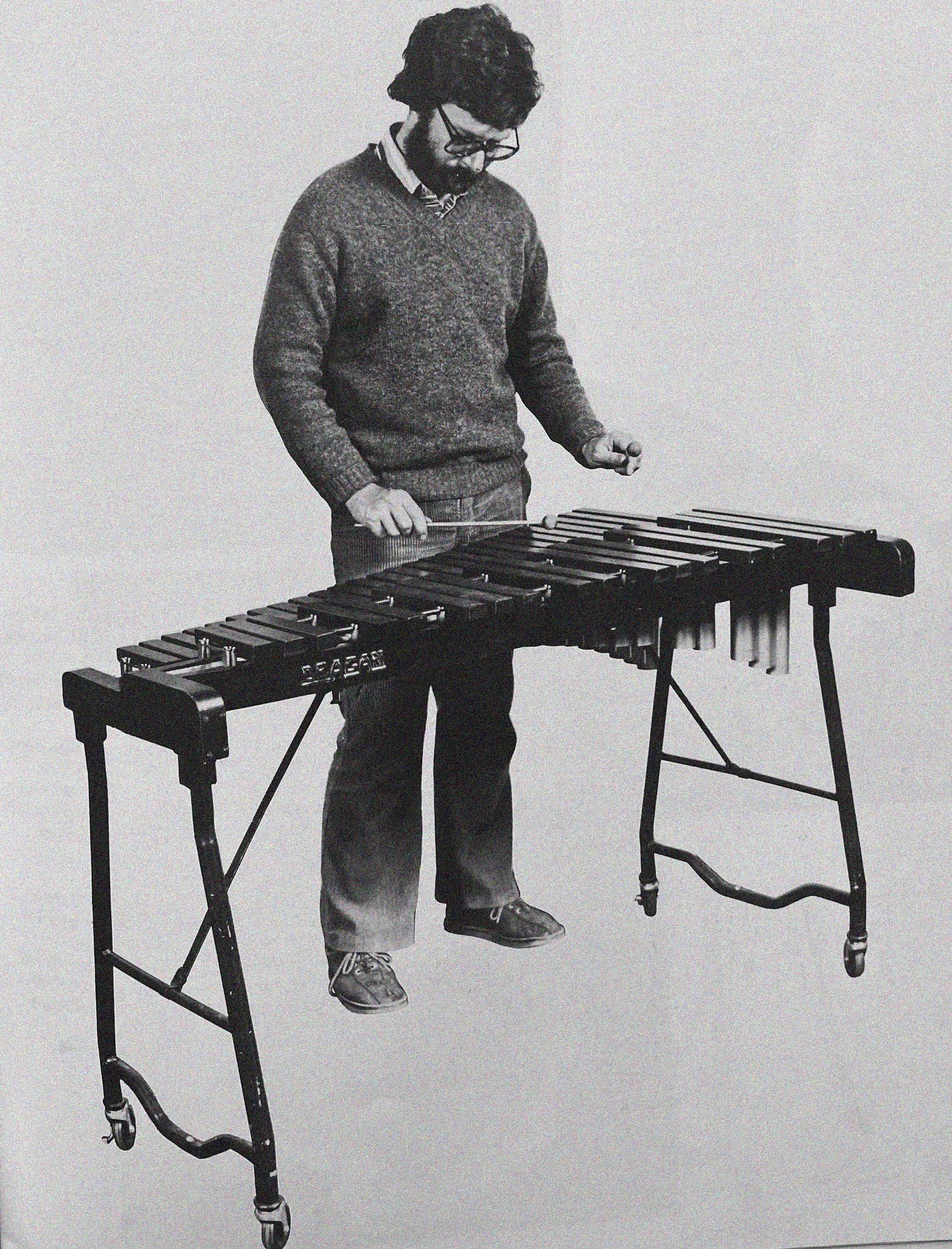Route Objective - A port
Objectif un Port (Objective a Harbour) brings you from Carentan to Cherbourg
Eight itineraries in chronological sequence clearly signposted “Normandie Terre – Liberté” through whole Normandy. See an example at the beginning of this small video.
It enables the visitor to discover these history-packed places and follow the unfolding of this huge battle in the first 80 days of the beginning of the liberation of Western Europe.
01. Carentan
See Carentan
02. Sainte-Mère-Eglise
The Airborne Museum is a French museum dedicated to the memory of American paratroopers of the 82nd and 101st airborne divisions who were dropped into Normandy in the night of June 5–6, 1944. Exhibition centred on the American airborne landings in the night of June 5th-6th 1944. WACO glider - DOUGLAS C47 aircraft - HALF-TRACK - JEEP. Audiovisual displays in 4 languages. Film about the paratroopers' equipment and the Douglas C47. Computer terminals provide additional information about the Battle of Normandy.
Address: 14 Rue Eisenhower, 50480 Sainte-Mère-Église, France
03. Sainte-Marie-du-Mont
Musée du Débarquement Utah Beach. On the actual site of the American Landings of June 6th 1944, the museum tells the story of this military and technical exploit which was to put the Madeleine Beach in all the history books. A film, guided tours, archive photos, scale models, maps and weaponry inside the museum, and armoured vehicles and commemorative monuments outside.
Address: La Madeleine, 50480 Sainte-Marie-du-Mont, France
04. Saint-Martin-de-Varreville
Area at and behind Utah Beach
05. Azeville
Azeville Gun Battery. An inland coastal defence position, the Azeville gun battery played an active part in the events of June 6th 1944 and the days that followed. Today, we can learn about how it functioned by visiting the many underground tunnels and bunkers that have survived intact.
Address: La rue d'Azeville, Azeville, France
06. Crisbecq
The Crisbecq Battery, also called Marcouf Battery, was a World War II artillery battery constructed by the Todt Organization near the French village of Saint-Marcouf in the department of Manche in the north-east of Cotentin peninsula in Normandy. It formed a part of Germany's Atlantic Wall coastal fortifications.
The main armament were three Czech 21 cm Kanone 39 canons, two of which housed in heavily fortified casemates. The Battery, with a range of 27–33 kilometers (17–21 miles), could cover the beaches between Saint-Vaast-la-Hougue and Pointe du Hoc. Prior to the Invasion of Normandy, the battery was subject to frequent aerial bombardments but it was still operational on D-Day, 6 June 1944. On this day, the battery was engaged in combat with the Allied naval and landing forces on Utah Beach.
During the course of the battle, it sank the USS Corry and damaged several other ships. The battery came under attack from the American 4th Infantry Division on 7 June. Under the leadership of Walter Ohmsen, the crew of the battery defended itself until 11 June. On 12 June, soldiers of the 9th Infantry Division, started their attack but found only an empty evacuated battery. Wiki.
07. Quinéville
Mémorial de la Liberté Retrouvée. A museum illustrating everyday life in France, from mobilization to the Nuremberg trials. Numerous documents, propaganda posters, vehicles, items of daily life and examples of ingenuity and resourcefulness in times of hardship. Reconstruction of a street complete with shops. Access to a blockhouse. No weapons are displayed.
08. Valognes
Located in the center of the Cotentin Peninsula, Valognes was in line with the ultimate Allied objective of Cherbourg, a port city on the northern tip of the peninsula. Troops of the 4 Infantry Division entered Valognes on June 20th, 1944, but passage in the city itself was hampered by damage caused by previous bombardments. Units of the 2 Ranger Battalion arrived in Valognes on June 25th.
09. Cherbourg
Musée de la Libération. The museum is housed in part of the fortress at the top of Mount Roule, with wide, unimpeded views of the roadstead. A series of displays set the scene for life during the years of Occupation and Reconstruction, while the role of the sea during wartime is given particular emphasis.
Address: Fort du Roule, Montée des Résistants, 50100 Cherbourg-Octeville, France


